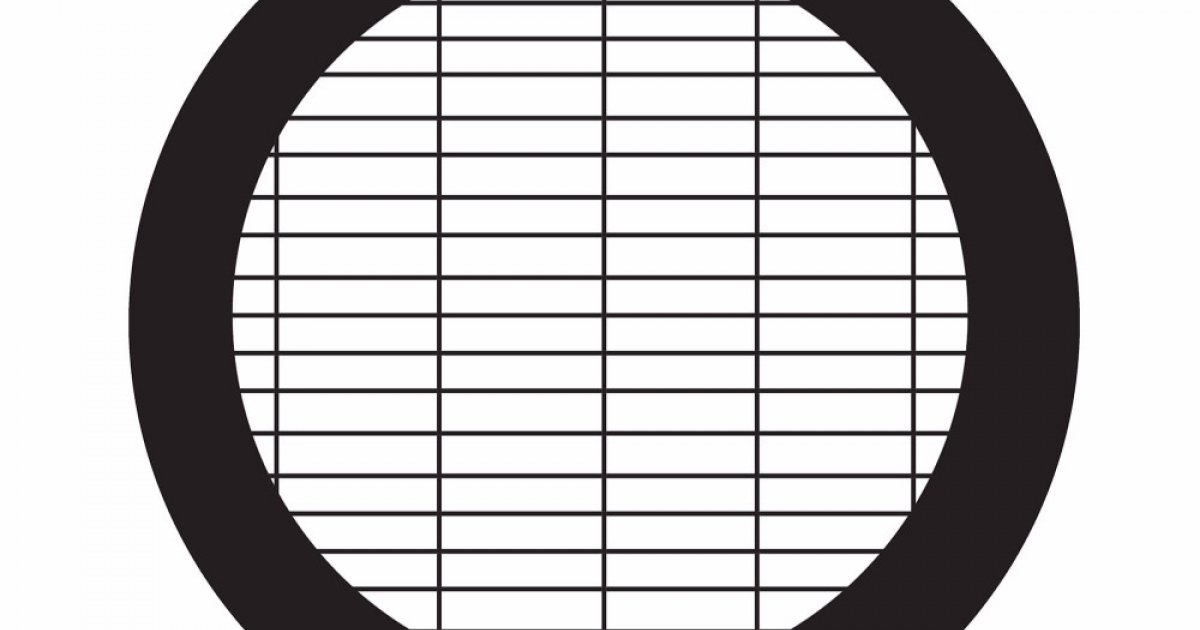
Johnson is part of a Duke University team led by assistant chemistry professor Kevin Welsher. If this were an actual home break-in, Johnson says, “this would be the part where the burglar hasn’t broken the window yet.”Ī microscopic video shows a virus (purple track) as it finds its way to the surface of human intestinal cells (green). It’s a virus.įilmed over two and a half minutes by pinpointing its location 1,000 times a second, the footage shows a tiny virus particle, thousands of times smaller than a grain of sand, as it lurches and bobs among tightly packed human intestinal cells.įor a fleeting moment, the virus makes contact with a cell and skims along its surface but doesn’t stick before bounding off again. But this intruder is not your typical burglar. The intruder cases its target without setting a foot inside, looking for a point of entry. dissertation, it’s like she’s watching an attempted break-in on a home security camera. When Courtney “CJ” Johnson pulls up footage from her Ph.D. These time-resolved local volumes can be used to generate an integrated global volume. As the virus diffuses, 3D-SMART moves the sample, and the 3D-FASTR imaging system collects sequential volumes from different areas around the particle (black dot). d, Construction of global volumes in 3D-TrIm. Over a set number of frame-times, the entire volume is sampled. By outfitting a traditional two-photon LSM with an ETL, a repeatable, tessellated 3D sampling pattern can be generated during each frame-time. c, Concept of 3D-FASTR volumetric imaging. Using the measured position, the piezoelectric stage moves to recenter the virus within the scan area. Photon arrival times and the current laser position are used to calculate the position of the virus within the scan area. The EOD and TAG lens rapidly scan the focused laser spot around the local particle area. b, Overview of 3D-SMART tracking of single viruses. Inset, sampling rate comparison among spinning disk, light sheet and 3D-TrIm. The sample is placed on a heated sample holder mounted on a piezoelectric stage. Fluorescently labeled VLPs are added to live cells plated on a coverslip.




 0 kommentar(er)
0 kommentar(er)
